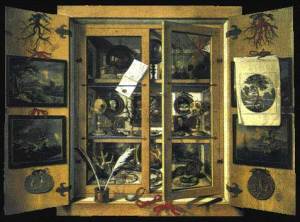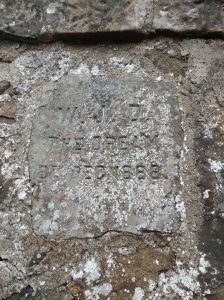Despite Scrope’s initial insistence that there were 500 riders, the actual number was much lower. Eure, writing to Elizabeth I, informed her of his estimate – “not fouertie as I here”.
No doubt there were many others involved, besides the riders: those Grahams with whom Buccleuch had met with and had assured safe passage from, and even the Laird of Johnstone, and the Goodman of Bonshaw (Irwen/Irvine of Bonshaw) were part of the rescue:
the Lairde of Johnston laye with an ambushment in one place and the Goodman of Bonshawe with an other, on the paile of Scotland, to have given defence to there owne and resisted the pursuers, if any had followed so farre.
According to an informant, Richie’s Will (a Graham who was part of the rescue party), the following men were involved:
Scotts
The Laird of Buccleuch, Walter Scott of Buccleuch (The Bauld Buccleuch)
(The informant says Buccleuch brought 24 Scott and Elliots)
Walter Scott of Goldelandes
Walter Scott of Hardinge (Wat of Harden)
Walter Scott of Branxholme
–– Scot named Todrigges
Elliots
Will Ellott, goodman of Gorrombye
John Eliott called “of the Copshawe”
Armstrongs
the Laird of Mangerton
the young Laird of Whithaugh and his son
(they brought 8 men)
three of the Calfhills, Jocke, Bighames, and one Ally, a bastard
Sandy Armestronge, son to Hebbye
(Hobb’s Sandy brought 2 men with him)
Kinmont’s Jocke, Francie, Geordy, and Sandye, all bretheren, the sons of Kinmont
(4 of Kinmont’s men also attended)
three bretheren of Tweda, Armstrongs
Young John of the Hollace and one of his brethren (Kirste)
Christie of Barneglish and Roby of the Langholm
The Chingles
Irvines
Willie ‘Kange’ and his brethren with their “complices.”
Bells
Willie “Redcloake” Bell, and two of his brothers, John and Rob
(John Bell’s horse “tireit” and he stayed at Fergus the Plump’s overnight)
Walter Bell of Godesby
Grahams
Andrew Graham, brother-in-law of Will of Kinmont was involved, as was one Hutcheon Graham, who may have been Kinmont’s father-in-law.
Ritchie of Brackenhill, Willie of the Rosetrees, Fergus the Plump – all Grahams – were also involved
Family loyalty and bonds of loyalty were important to this rescue. An informant informed Scrope that Thomas Carleton, who had been discharged from his station in Carlisle Castle, had a hand in the scheme, as did Geordie’s Sandy Graham, who aided Buccleuch’s safe journey, due to the fact that Carleton was his brother-in-law; Willie ‘Redcloak” Bell “did nothinge but that Richey of Brakonhill caused him to doe”, and was the nephew of Willie of the Rosetrees: and Willie ‘Kang’ was “Buckclughes owne man”.






![Creative Commons Licence [Some Rights Reserved] © Copyright Craig Wallace and licensed for reuse under this Creative Commons Licence.](https://promenadesandperegrinations.files.wordpress.com/2016/04/2763975_d86bedd4.jpg?w=620&h=457)

![Creative Commons Licence [Some Rights Reserved]](https://i0.wp.com/creativecommons.org/images/public/somerights20.gif)
